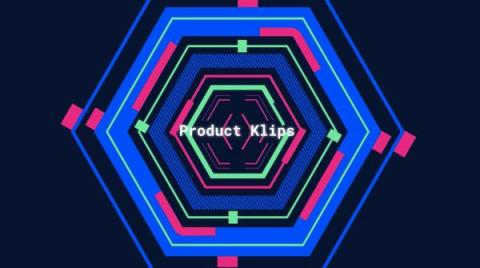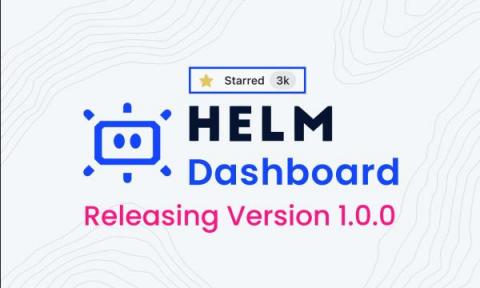Product Klips: Bite-Sized Feature Overviews
Komodor is the only unified, dev-first Kubernetes Platform, designed to enable Kubernetes across on-prem and cloud-native environments through a single pane of glass. Komodor’s platform empowers developers to confidently operate and troubleshoot their K8s applications while allowing infrastructure teams to maintain governance and optimize resources.











